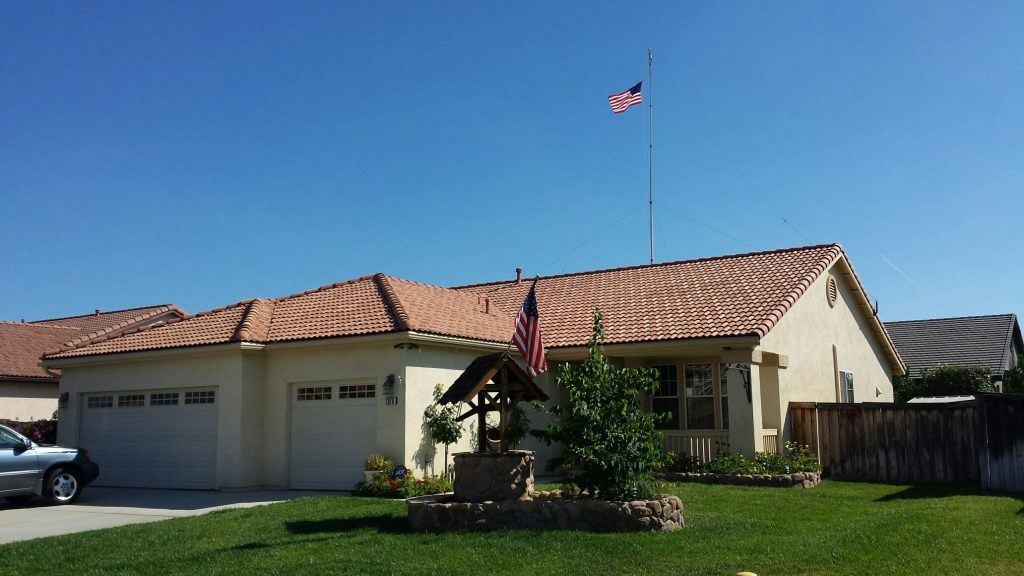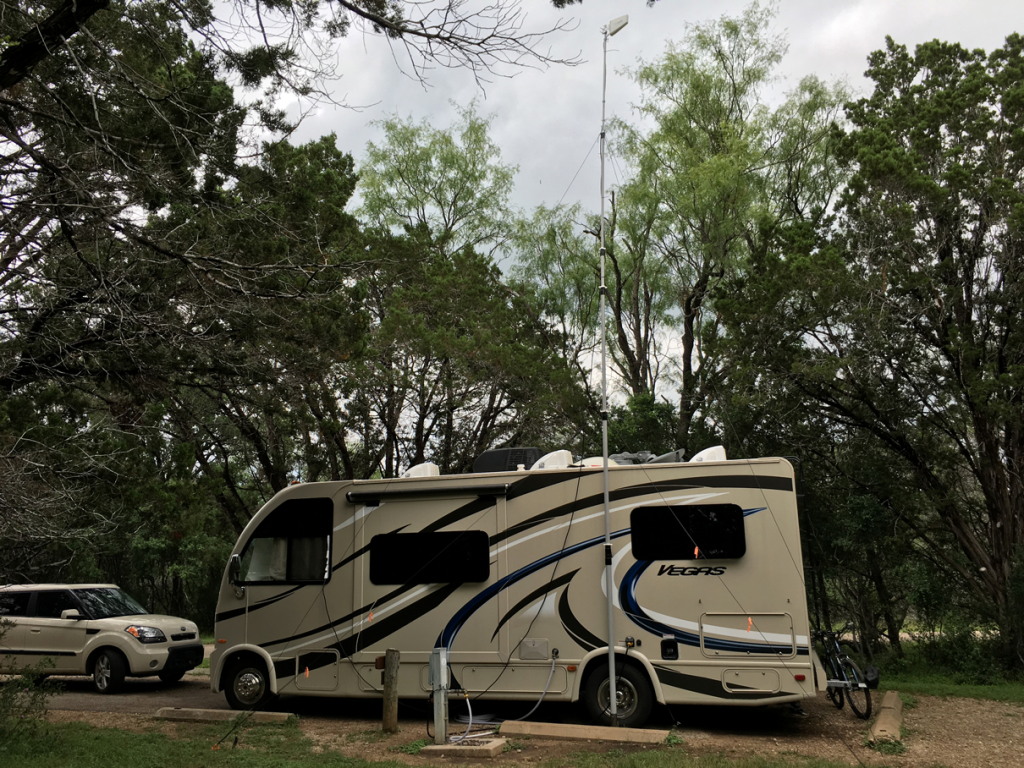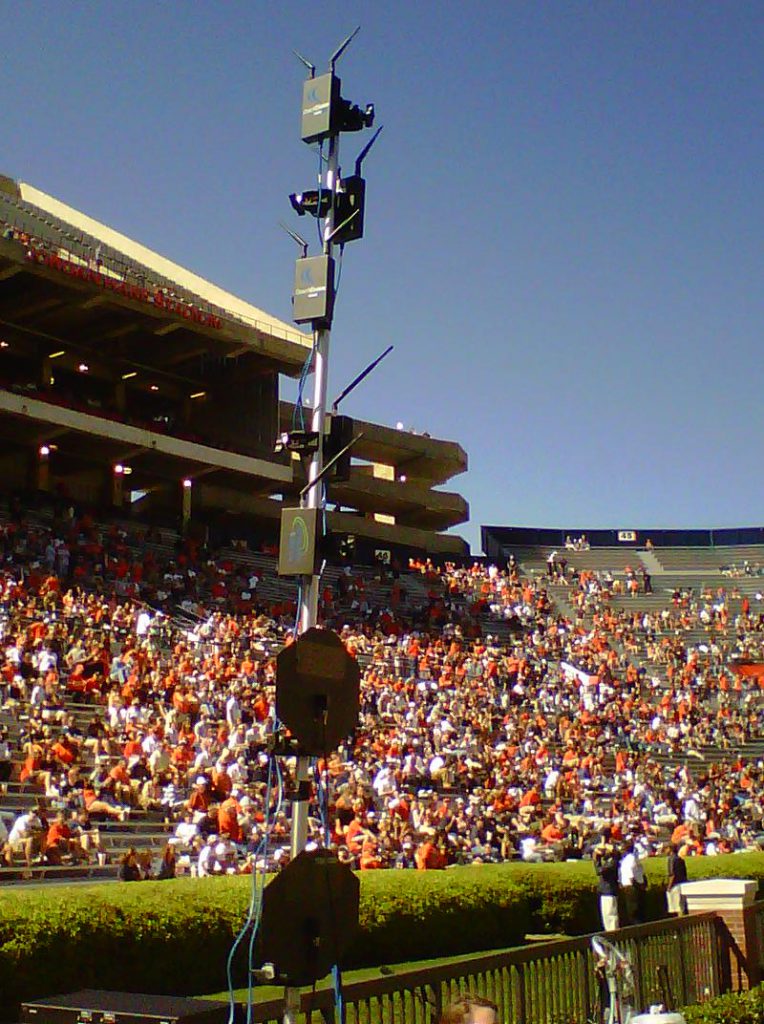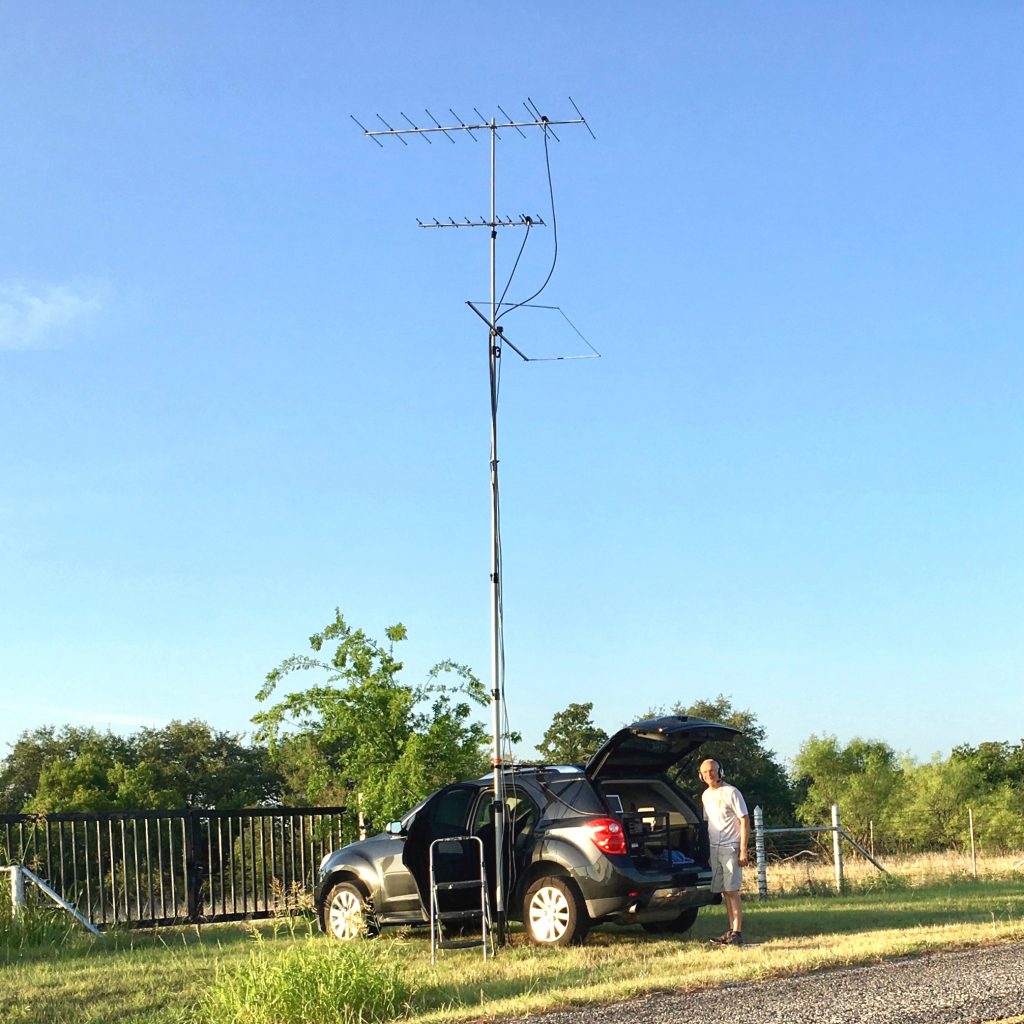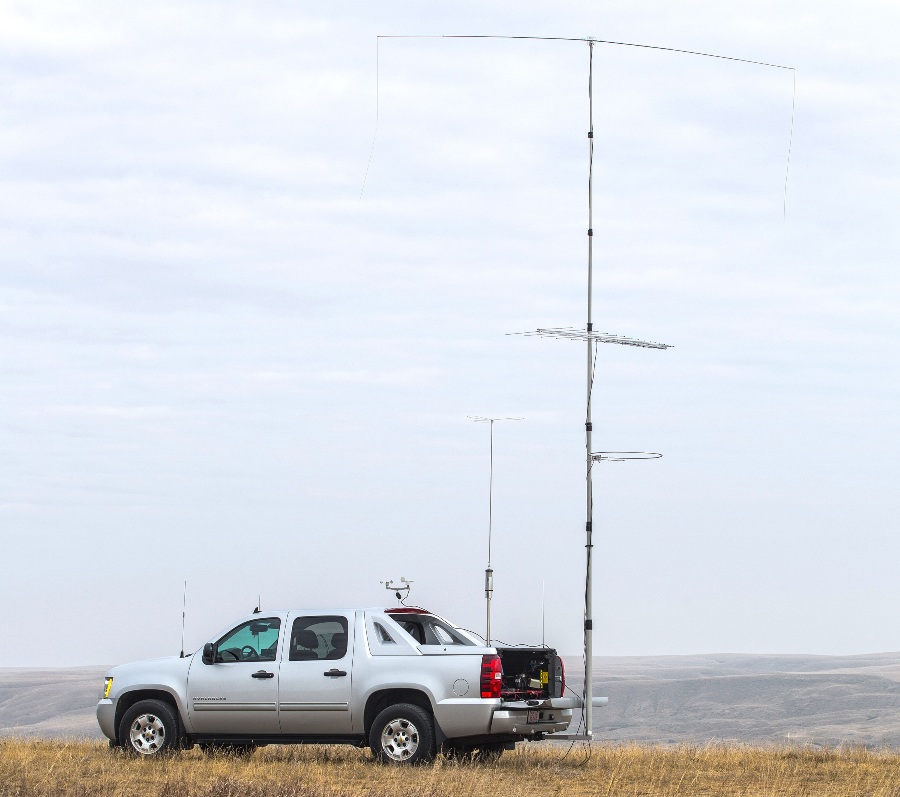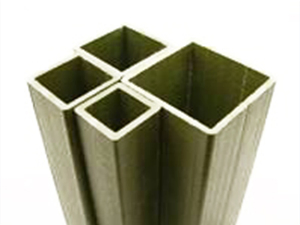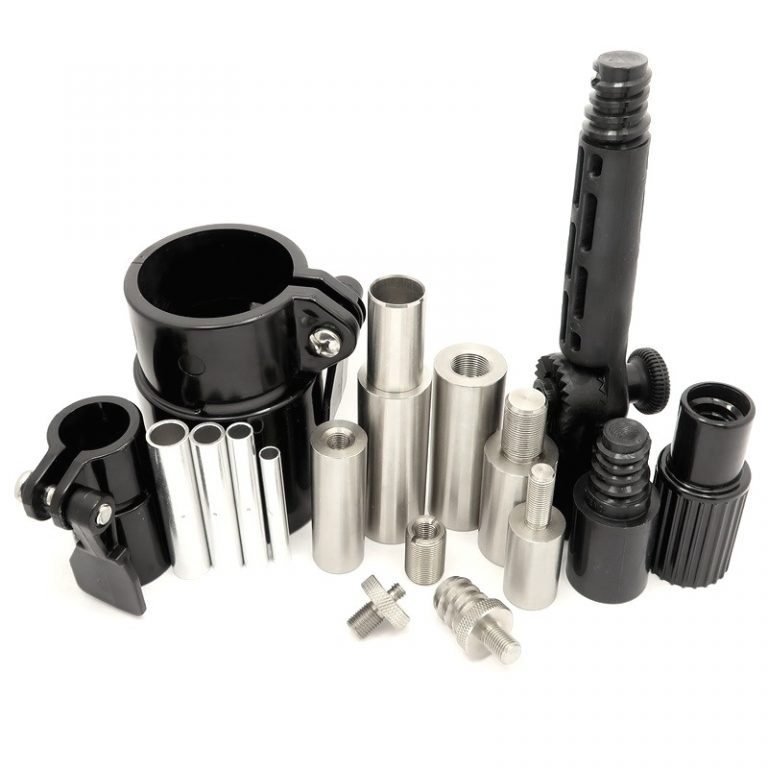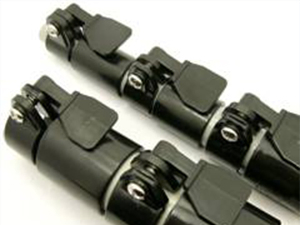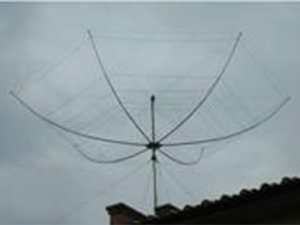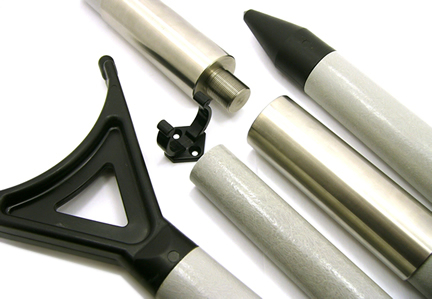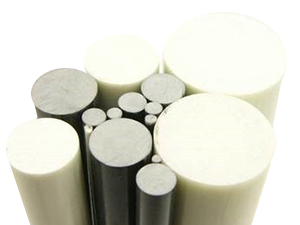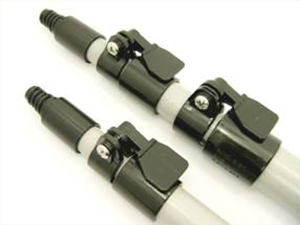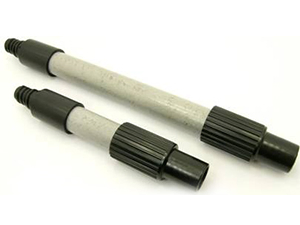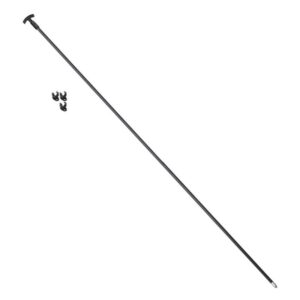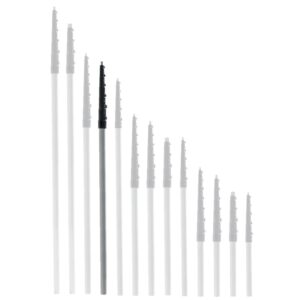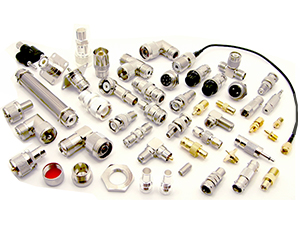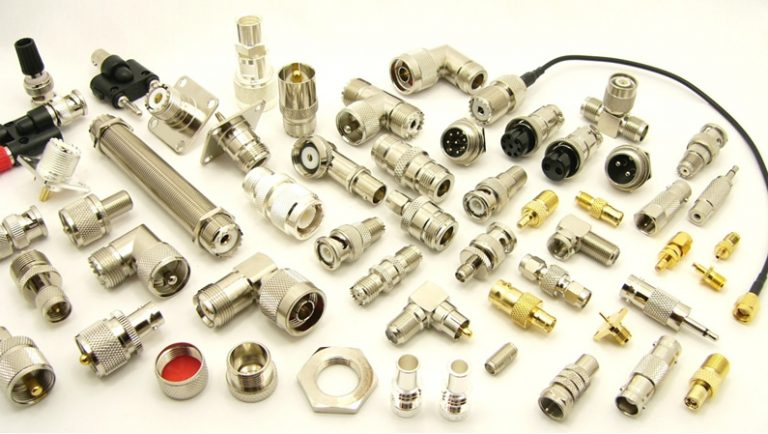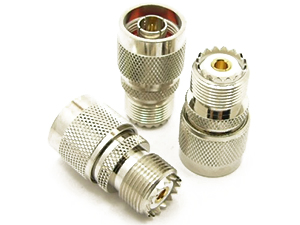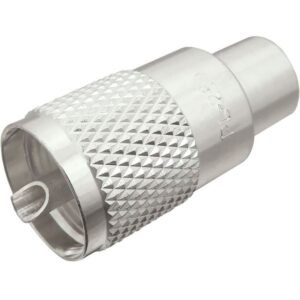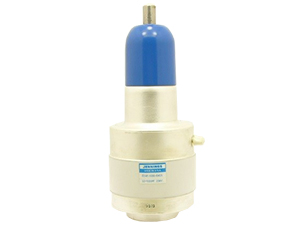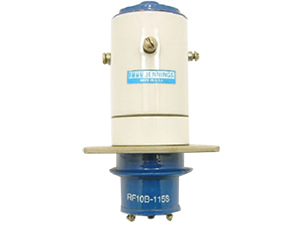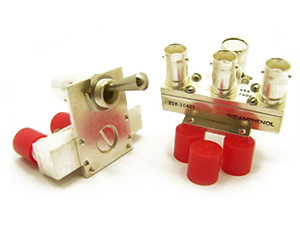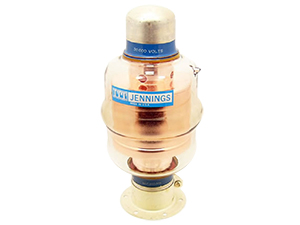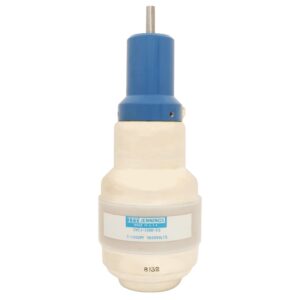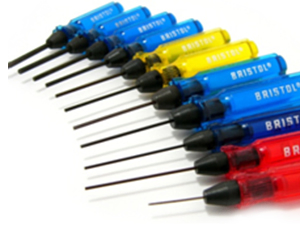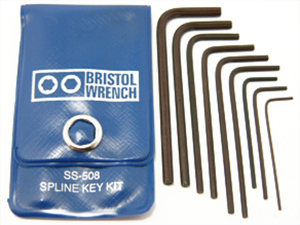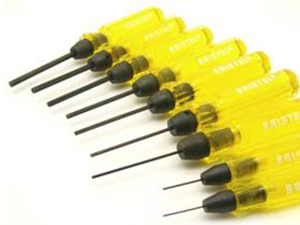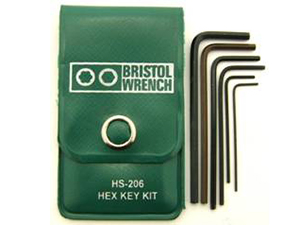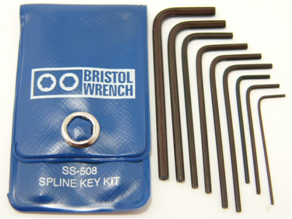Choosing the right antenna for helium mining is an important topic. There is a lot of confusion out there on YouTube, Reddit, and other forums when it comes to antennas for helium miners. We have been asked countless questions including: What is the best helium antenna, what is the best antenna for helium, what is the best antenna for a helium hotspot, what is the best antenna for a helium miner, and what is the best antenna for helium mining? This post covers choosing the right antenna and this information is coming from a group of guys with over 50 years of experience in the amateur radio market. Why not use the information points from the guys with experience in setting up antennas, masts, running coaxial cables, installing connectors on those coaxial cables, and tons of knowledge on db loss and how to mitigate it? That’s what I thought. Let’s dive in.
What is DBI?
First let’s get a good understanding of what we are trying to mitigate and why. Dbi is a measurement of antenna gain in decibels (Db). The “i” refers to “in reference to isotropic”. In other words, antenna signal gain (DB) compared to a radiating element (Antenna) floating in theoretical free space (Not touching anything and nothing around to disrupt its signal). Use this number simply to compare the amount of gain to expect from one type antenna to another model. Gain can vary by construction and configuration.
Difference between antenna types
There are many different types of antennas out there, but I want to focus on the two major differences. That would be omni directional antennas and directional antennas. Omni directional antennas send the signal in all directions and are usually referred to as stick antennas, vertical wire antennas, and the widely used in the “HNTverse” fiberglass antenna. Directional antennas would only be used in this instance if you were on a side of a mountain with no hope of ever getting a signal over to the other side of it. The directional antenna would need to face away from the mountain, or mountain like obstruction, and toward your local population center.
Why use a 10 DBI over a 3 DBI?
There are two ways to increase your signal strength to contact more miners at greater distances…. You can increase your antenna gain (higher Db) and you can decrease your signal loss between your miner and the antenna by means of lower loss coaxial cable. (A third way, by increasing transmitted power output, is not practical for miners, and would only improve the ability of other miners to hear you… higher power would not improve your miner’s ability to hear THEM, and communication is a two-way street. If you cannot hear EACH OTHER, the link does not succeed.) SO, a 10 Dbi or a 15 Dbi omni directional antenna will always outperform a 3 Dbi antenna of a similar type in marginal conditions, such as in the far fringes of your miner’s coverage area. Higher gain would do nothing beneficial for very close miners, but it would likely greatly increase odds of communicating to more distant ones.
Should I use a 3 DBI antenna instead of a 10 DBI since I live in a dense city?
The higher gain figures are always beneficial in maintaining communications in the marginal “fringe” areas of your miner’s coverage (that coverage area at 915 Mhz frequencies is most affected by antenna height above ground — higher is better — and obstructions, such as buildings, which can block your signal). More obstructions mean more fringe areas … areas where your signal would be weak … thus the higher antenna gain will be helpful in more and more places.
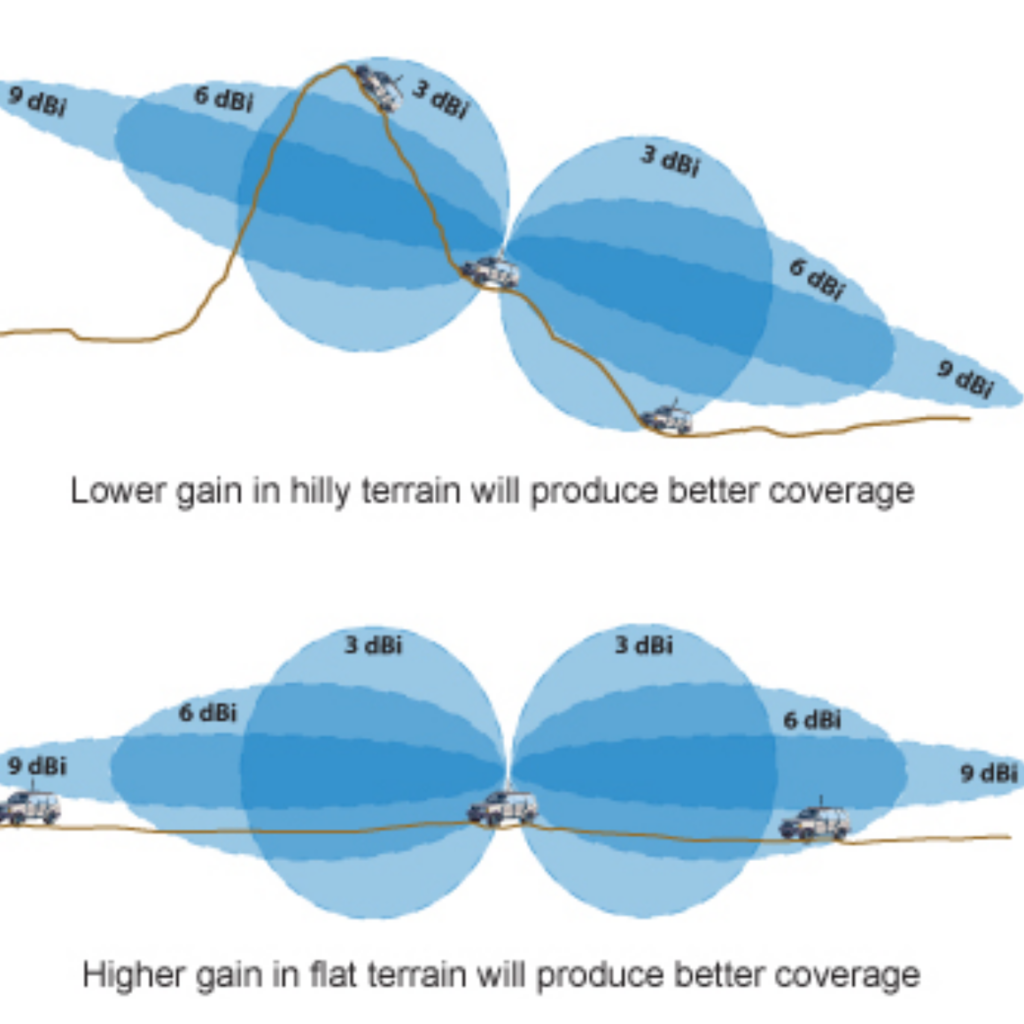
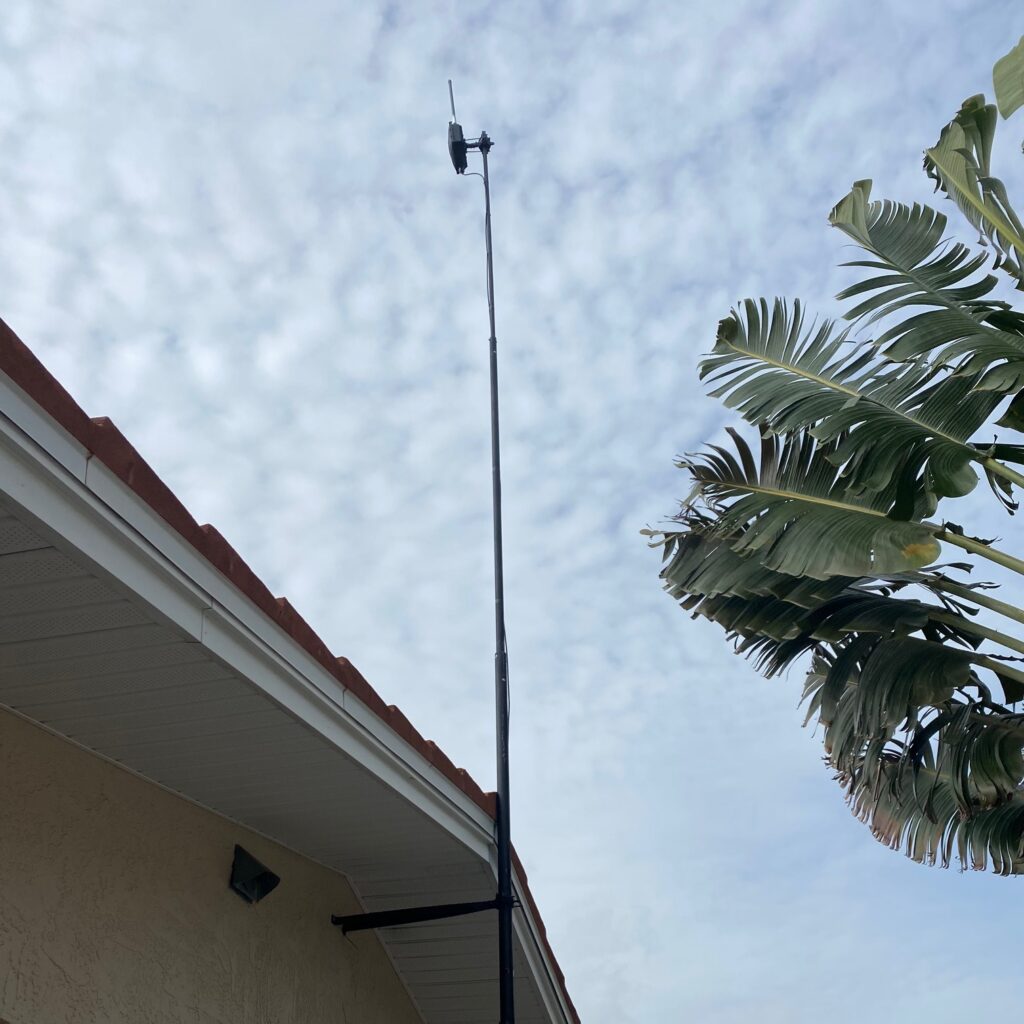
If I want to setup my antenna in the attic, which DBI antenna is best?
The highest omnidirectional gain antenna that can mount in a vertical position in your attic. Higher gain omnidirectional antennas are typically LONGER than lower gain omnidirectional antennas, because the antenna manufacturers get that higher gain by “stacking and phasing” multiple small antennas, one on top of the other, making a longer and longer stack, thus a longer and longer antenna. As the individual small antennas are “phased” together, their individual gain is additive, giving the stacked array a higher total gain.
Where is the best place to install my helium mining antenna?
As high as you can with as few obstructions as possible. I recently installed my own antenna on the top of a mast on top of my home. See an up coming post that will further detail this installation process and what I used and how to use them.
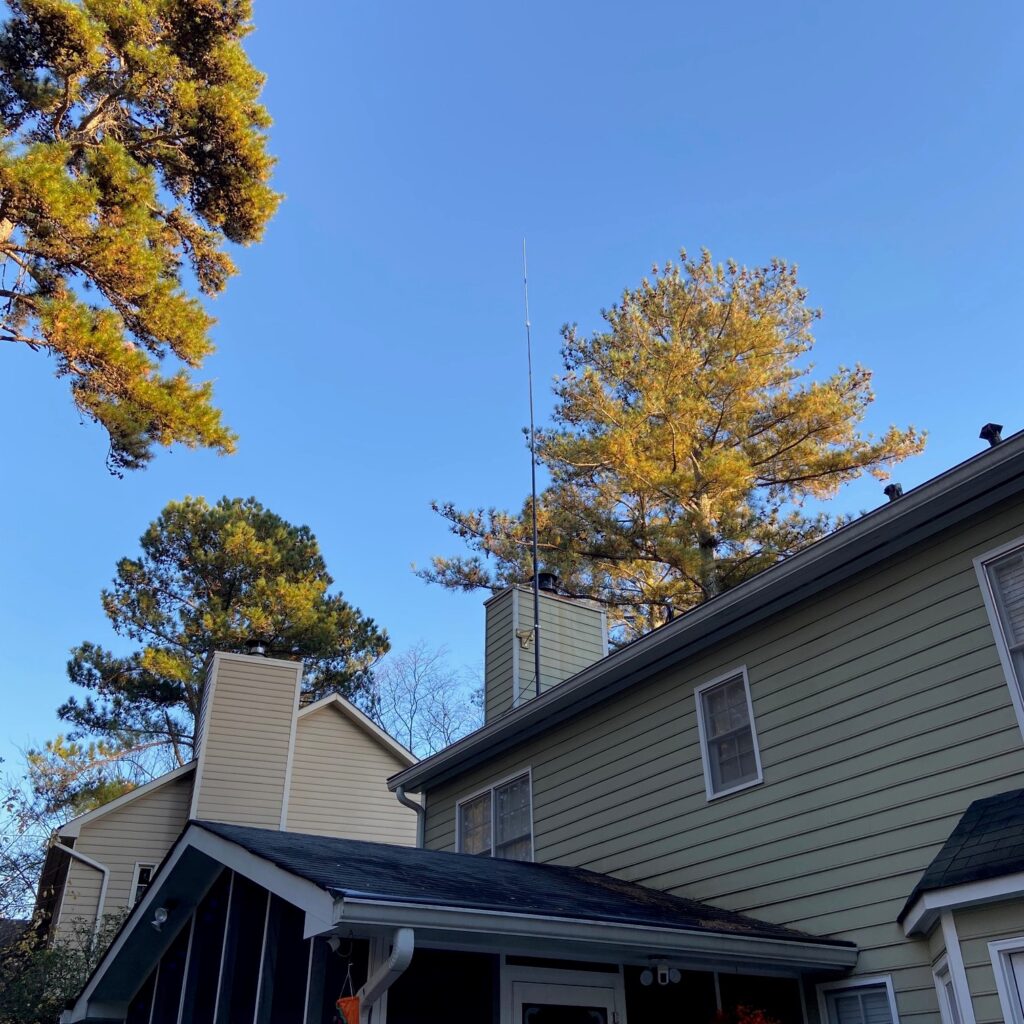
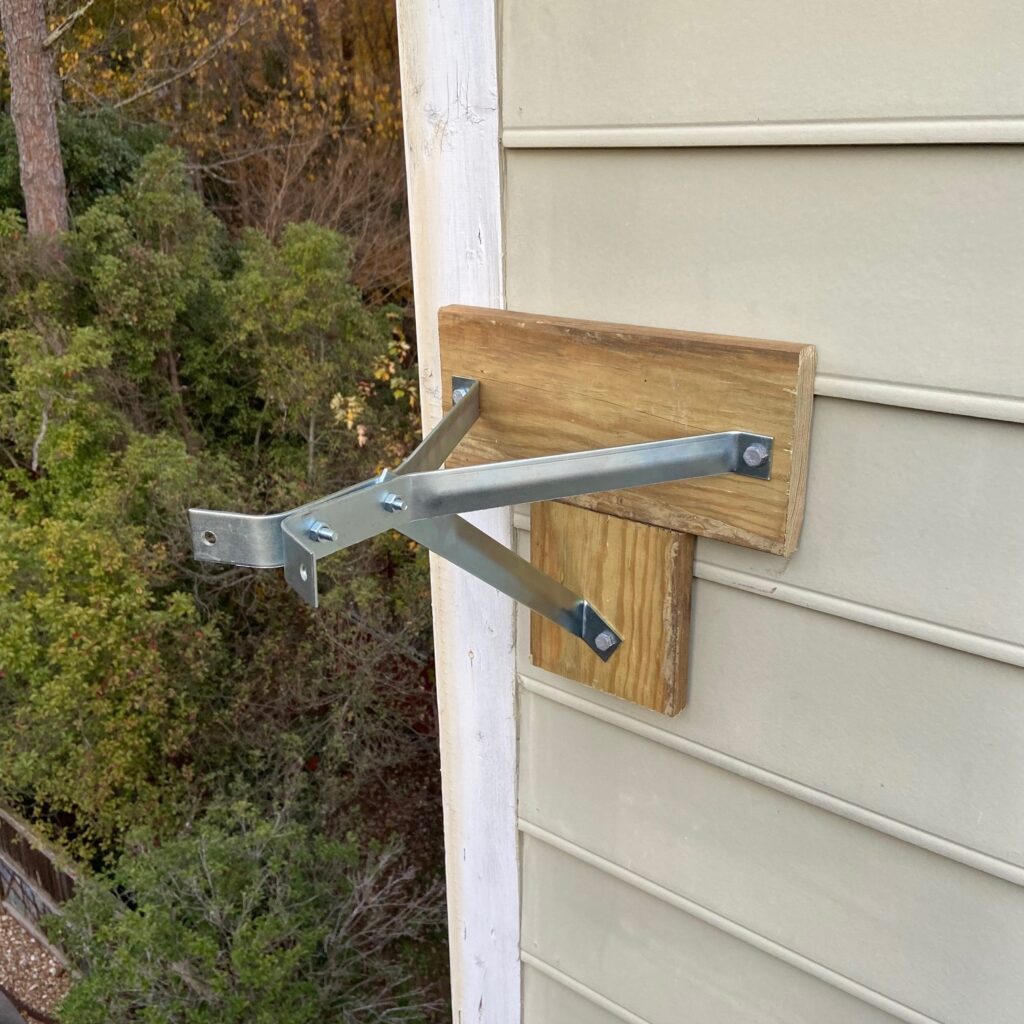
Fiberglass Masts for helium antenna mounting
If you are looking to mount your antenna in a particular location, but a structure is not present to attach it to we have our fiberglass push mast kits that are made for ease of use, RF transparency, and very affordable. We offer Fiberglass Push Up Mast Kits that range from about 10 feet tall up to 50 feet tall! The taller 50% of mast kits would require guying. A little more space would be required, but with a buddy or two any of these masts can be easily erected for better distance and line of sight.

